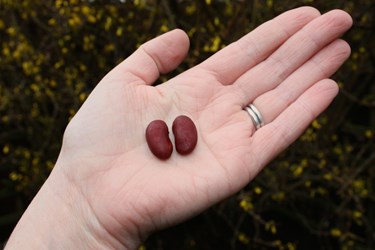Human Kidney Inspires Water Purification Tech
The human kidney is the inspiration for a new water purification technology from Singapore researchers.
Researchers at the National University of Singapore have engineered “a novel biomimetic membrane that can purify water at low pressure, thus reducing energy costs. This new technology can potentially reduce water purification costs by up to 30 percent,” according to a statement from the university.
Their work falls within the fields of biomimicry and biomimetics, which "seek sustainable solutions to human challenges by emulating nature's time-tested patterns and strategies," according to the Biomimicry Institute.
The researchers set out to address a well-known problem: the high energy demand of water purification. High pressure systems are required to push water through membranes.
The team “designed and fabricated a new aquaporin-incorporated biomimetic membrane water purification and treatment system that is highly efficient. Aquaporins are membrane proteins that selectively conduct water molecules in and out of cells, preventing the passage of ions and other solutes,” the report said.
Aquaporins can already be seen at work in nature in the human kidney and the mangrove plant. They are a unit of “nature’s water purification systems,” the university explained. They enable a large amount of water to move through a small surface under lower pressure, which filters out impurities.
“With the presence of aquaporin, the mangrove plant which has adapted to survive in salt water, is able to filter between 90 and 95 percent of the salt at its roots, while the human kidney is able to purify up to 150 liters of water daily,” the report said.
How effective was it?
Tong Yen Wah, one of the researchers, explained: "We found that the aquaporin-incorporated biomimetic membrane allows water to pass through it faster and also display lower salt leakage than a membrane without aquaporin."
Image credit: "12th March: Kidneys," scribbletaylor © 2009, used under an Attribution 2.0 Generic license: https://creativecommons.org/licenses/by/2.0/

